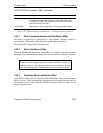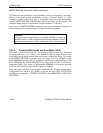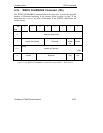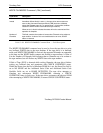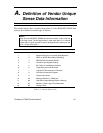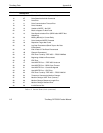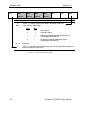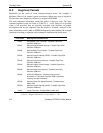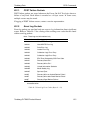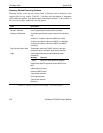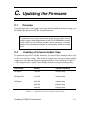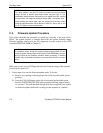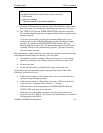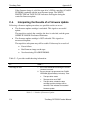Special offers from our partners!

Find Replacement BBQ Parts for 20,308 Models. Repair your BBQ today.

7DQGEHUJ'/73URGXFW0DQXDO %
B. EEPROM-resident Bugcheck
and Event Logs
7KLVDSSHQGL[SURYLGHVDH[SODQDWLRQRIWKHHYHQWORJVLQIRUPDWLRQSDFNHWVVWRUHGLQVHPL
SHUPDQHQWQRQYRODWLOHPHPRU\RIWKHWDSHGULYH7KHVHSDFNHWVFDQEHUHWULHYHGYLDWKH
6&6,/2*6(16(FRPPDQGZLWK3DJH&RGHK
% ((35203DFNHWV/$67Q(9(176
The tape drive keeps certain event logs in semi-permanent, non-volatile memory
(EEPROM, in this case) located on the tape drive’s controller PCB. There is
storage enough within EEPROM for a total of 14 of these logs, or packets, each
packet consisting of 98 bytes (96 data bytes plus two control bytes) of information.
Packets may be written for different reasons and several packet types exist.
The information in the event logs does not indicate that a tape drive or tape
medium has failed but is useful in isolating problems that may be occurring.
The logs are maintained in a circular buffer: a new entry overwrites the oldest
existing entry. At any point in time, the most recent 14 logs are kept.
The EEPROM information packets can be retrieved via the SCSI-2’s LOG SENSE
command with Page Code 07 (Last n Error Events Page).
The packet type field defines the content as well as the format of the data portion
of the packet. These packet types are detailed in this Appendix. Note that the byte
offsets in the structure layout diagrams are reference relative tot he beginning of
the 98-byte EEPROM log envelope.



